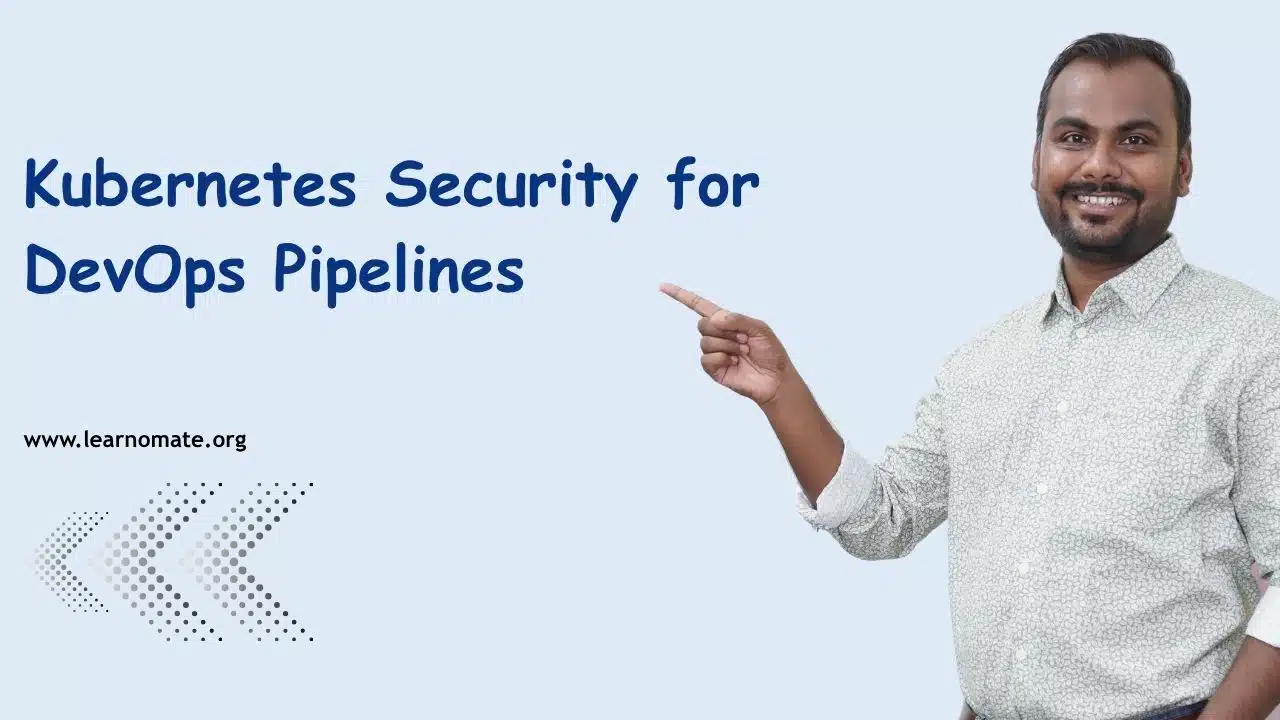Kubernetes Security for DevOps Pipelines: Best Practices for a Secure CI/CD Workflow
In today’s cloud-native world, Kubernetes has become the backbone of modern DevOps pipelines. Its scalability, flexibility, and orchestration capabilities make it ideal for deploying microservices and containerized applications. However, with great power comes great responsibility—securing Kubernetes environments is critical to protect your applications, data, and infrastructure.
This blog explores how DevOps teams can integrate Kubernetes security best practices into their CI/CD pipelines to build resilient and secure systems.
Why Kubernetes Security Matters in DevOps
DevOps emphasizes speed, automation, and continuous delivery. Kubernetes enables this by automating deployment, scaling, and management of containerized applications. But without proper security controls, it can become a gateway for:
- Unauthorized access
- Data breaches
- Supply chain attacks
- Privilege escalation
Security must be baked into the pipeline, not bolted on later.
Key Security Challenges in Kubernetes-Based Pipelines
- Misconfigured RBAC (Role-Based Access Control)
- Exposed API servers
- Untrusted container images
- Secrets management
- Lack of runtime security monitoring
- Insecure network policies
Best Practices for Securing Kubernetes in DevOps Pipelines
1. Shift Left with Security
Integrate security early in the development lifecycle:
- Use tools like KubeLinter, Checkov, or Polaris to scan Kubernetes manifests.
- Perform static analysis on Helm charts and YAML files.
2. Use Trusted Container Images
- Pull images from verified registries.
- Sign and scan images using tools like Cosign, Trivy, or Clair.
- Automate image scanning in CI pipelines.
3. Implement RBAC and Least Privilege
- Define granular roles and permissions.
- Avoid using default service accounts.
- Regularly audit RBAC policies.
4. Secure Secrets Management
- Use Kubernetes Secrets with encryption at rest.
- Integrate external secret managers like HashiCorp Vault, AWS Secrets Manager, or Sealed Secrets.
- Avoid hardcoding secrets in manifests or pipelines.
5. Enforce Network Policies
- Use Kubernetes Network Policies to restrict pod communication.
- Implement service mesh solutions like Istio or Linkerd for secure service-to-service communication.
6. Enable Audit Logging and Monitoring
- Enable Kubernetes audit logs.
- Use tools like Falco, Sysdig, or Prometheus for runtime security and monitoring.
- Set up alerts for suspicious activities.
7. Automate Security Gates in CI/CD
- Integrate security checks as part of CI/CD workflows.
- Fail builds if vulnerabilities or misconfigurations are detected.
- Use GitOps tools like ArgoCD or Flux with policy enforcement.
Example: Secure CI/CD Workflow with Kubernetes
- Code Commit → Trigger CI pipeline
- Lint & Scan → Validate Kubernetes manifests
- Build & Scan Image → Check for vulnerabilities
- Deploy to Staging → Apply RBAC, secrets, and network policies
- Monitor & Audit → Runtime security and logging
- Promote to Production → Only if all security gates pass
Final Thoughts
Security is a shared responsibility. By embedding these practices into our DevOps culture, we not only protect our infrastructure but also uphold the trust our clients place in Learnomate Technologies.
Start small, automate where possible, and evolve your security practices as your Kubernetes maturity grows.









Let’s keep learning, exploring, and growing together. Because staying curious is the first step to staying ahead.
Thanks for reading! Now it’s time to turn this knowledge into action. Happy learning, and see you in class or in the next blog!
Happy Analyzing!
ANKUSH 😎

